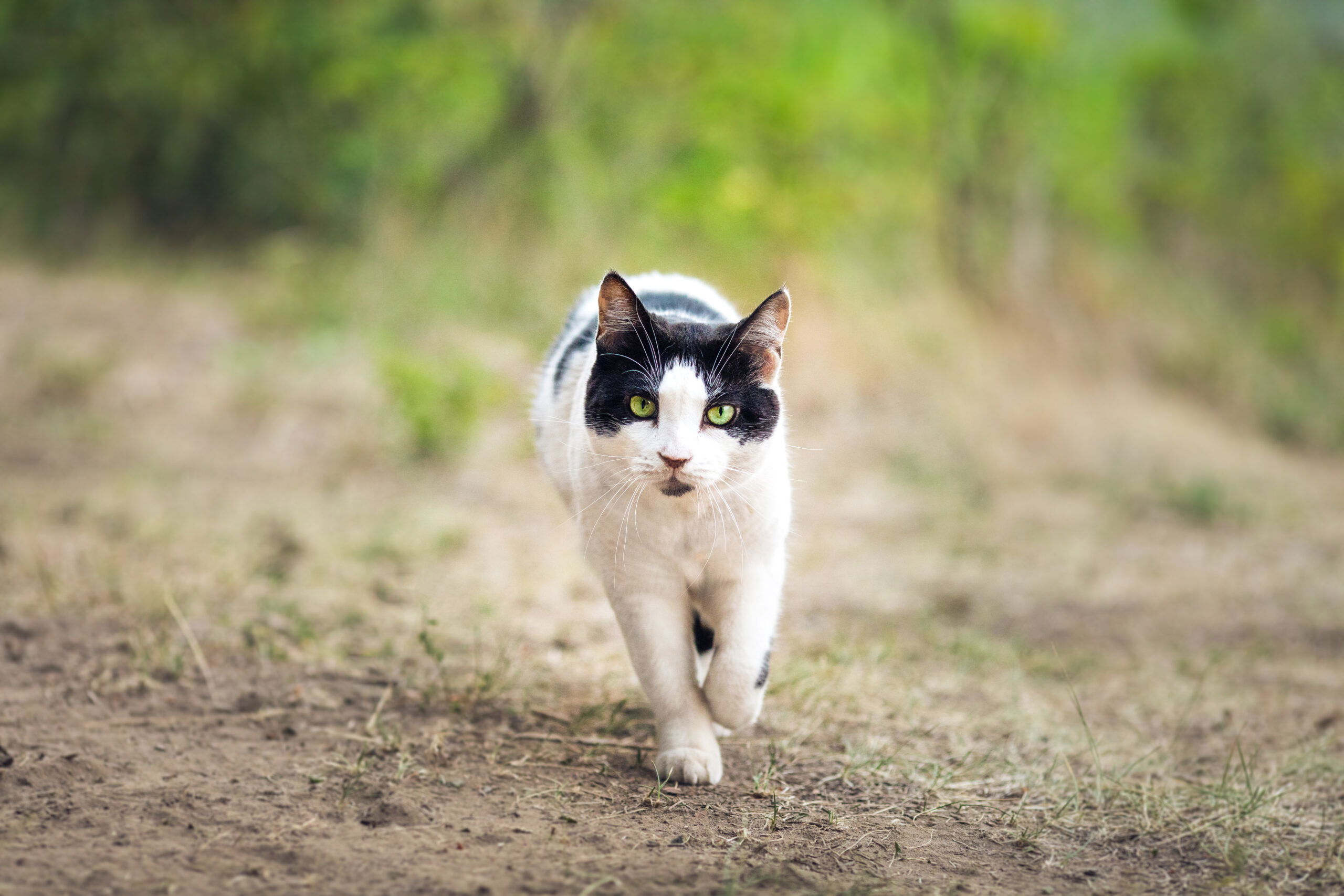
BIOLOGICALLY APPROPRIATE RECIPES
ORIJEN is derived from the latin term ‘origin’ – meaning source or beginning. Born from a desire to mirror the diet dogs and cats have evolved to eat, ORIJEN represents the fullest expression of our biologically appropriate food philosophy.
The first 5 ingredients1 for all ORIJEN recipes are always fresh or raw animal ingredients such as fresh chicken, raw turkey, raw whole pilchard and raw duck.
ORIJEN food is packed with animal ingredients that reflect the freshness, variety and quantity that nature and evolution intended dogs and cats to eat.
Loaded with up to 90% quality animal ingredients1,2 and fresh fruits and vegetables, our lineup of ORIJEN dog and cat food offer a variety of protein-rich, nutrient-dense reipes. Unlike many pet foods, ORIJEN kibble never exceeds 25% of calories from carbohydrates.
ORIJEN foods are packed with WholePrey ingredients like succulent meat, poultry or fish and nutrient-rich organs. Your dog and cat love the taste of these nourishing ingredients, and benefit from the nutrients they provide.
WHY DO FRESH INGREDIENTS MATTER?
Our research shows use of fresh or raw animal ingredients in kibble results in high protein digestibility in dogs. That’s why we include plenty of fresh or raw animal ingredients in our diets, because we believe the power of ingredient-based nutrients helps your dog & cat truly thrive.


UNLEASH THEIR AMAZING POTENTIAL TO THRIVE
Nourish your pet for a lifetime of adventures with a food as amazing as they are. As the pinnacle of Biologically Appropriate nutrition, once you and your pet see the amazing ORIJEN difference, you won’t go back!
1Derived from the unprocessed state of the ingredients. | 2Approximate up to 90% | Our included fresh ingredients use refrigeration as the sole method of preservation and our included raw ingredients are frozen at their peak freshness. | Ingredients depicted in fresh form before processing. Proportions and quantities not representative of contents of one package or serving. Cuts and varieties may vary. See ingredient list.



